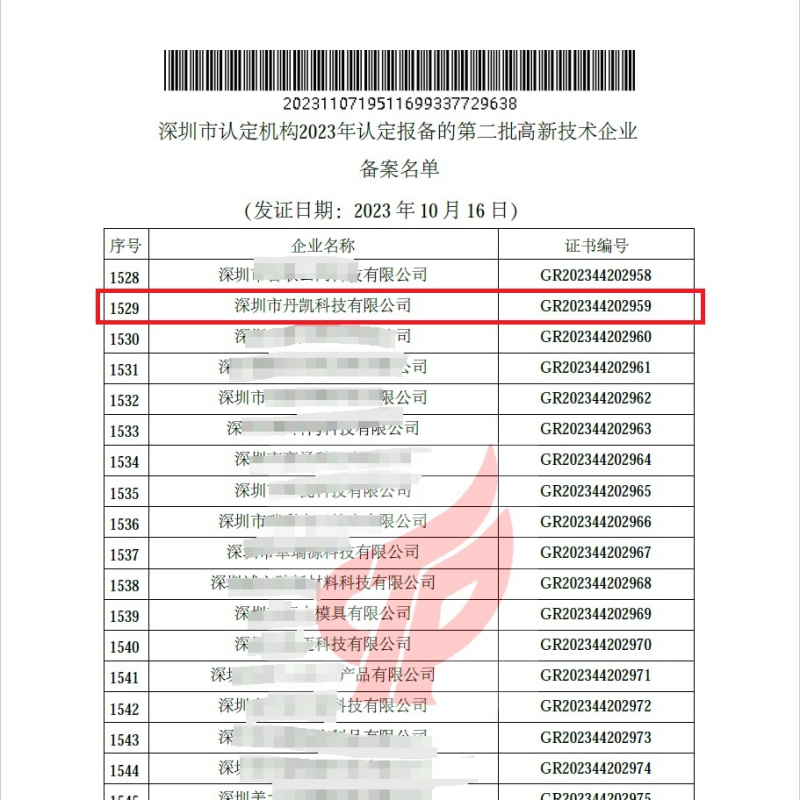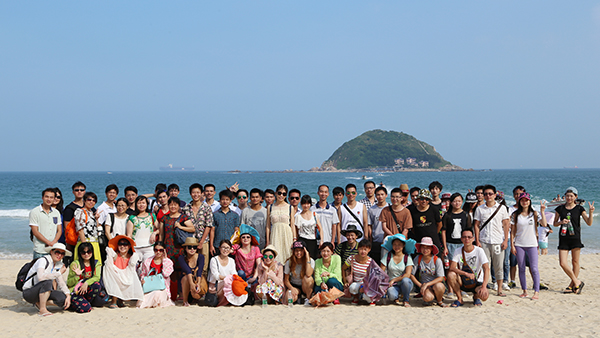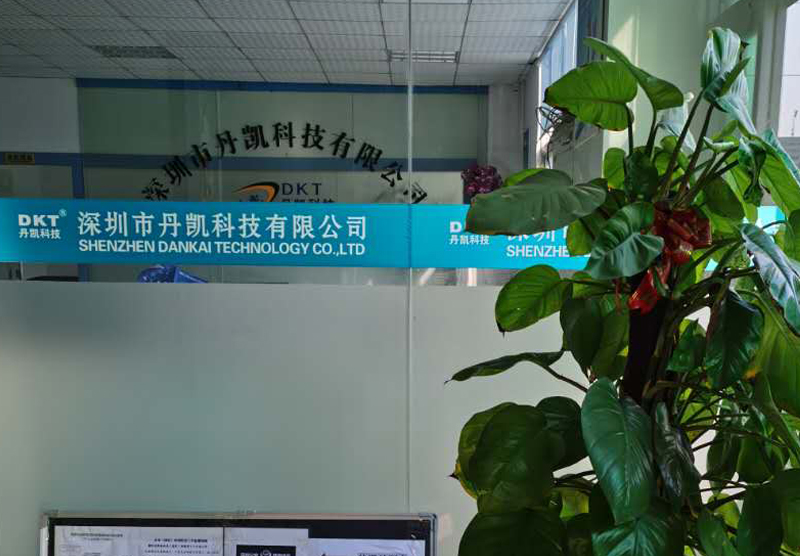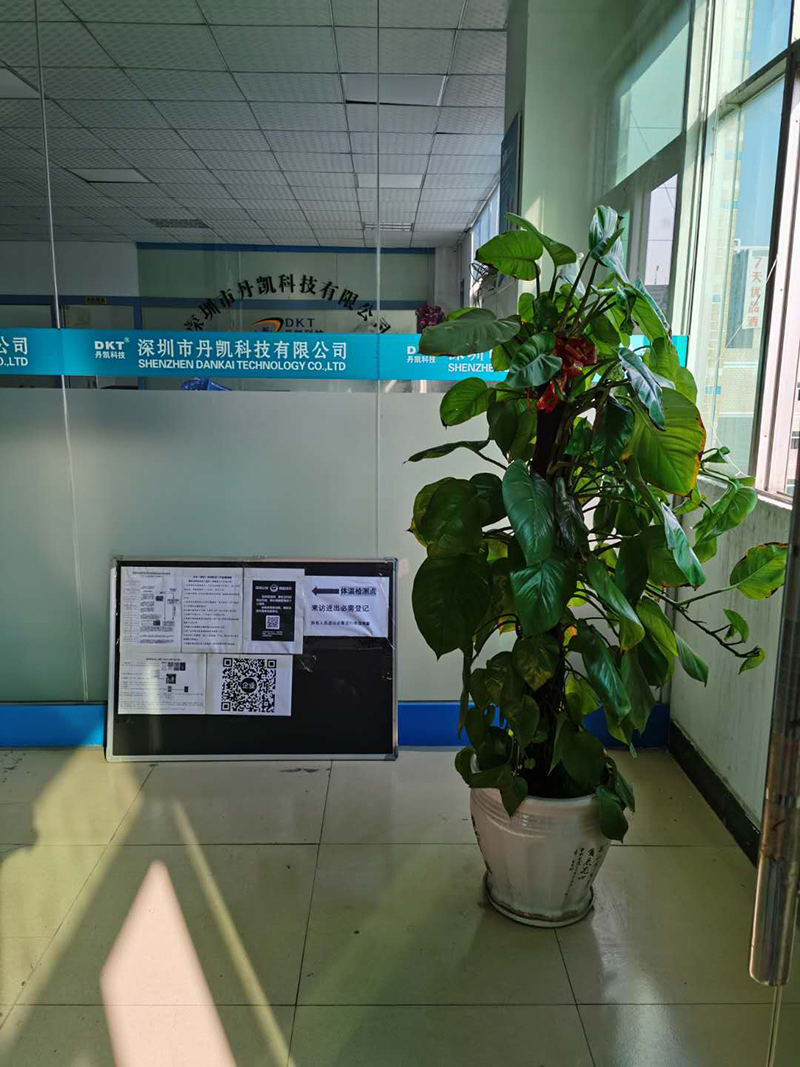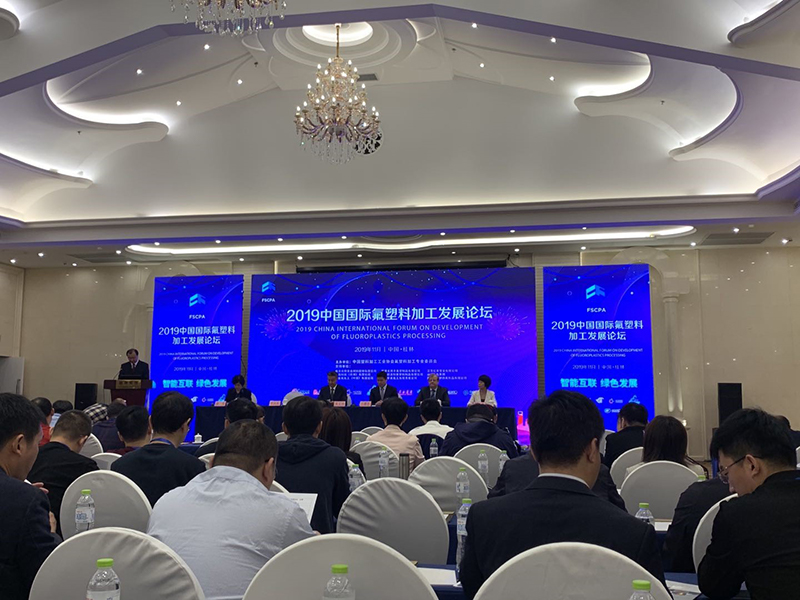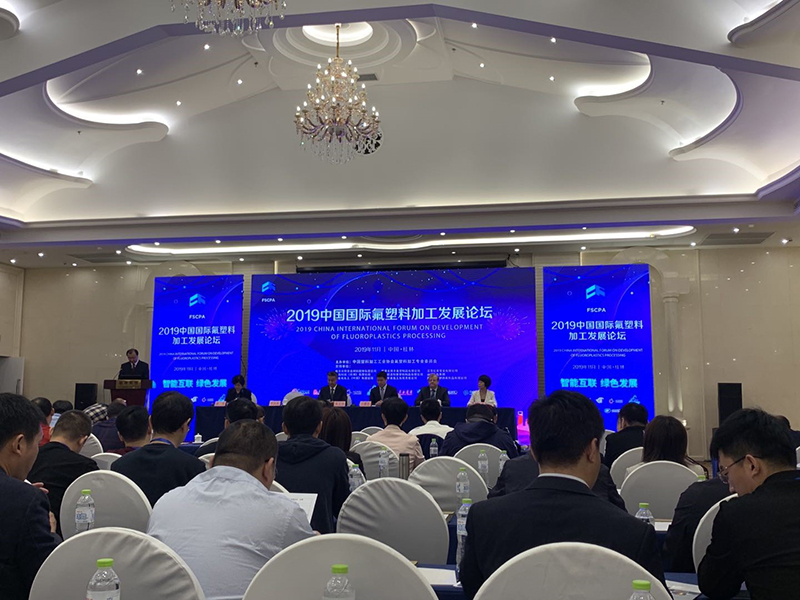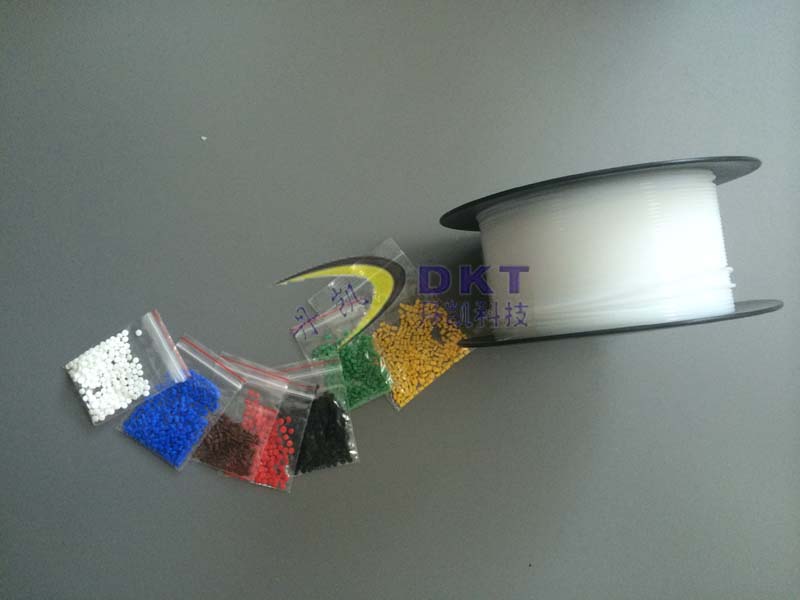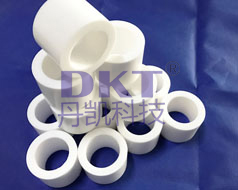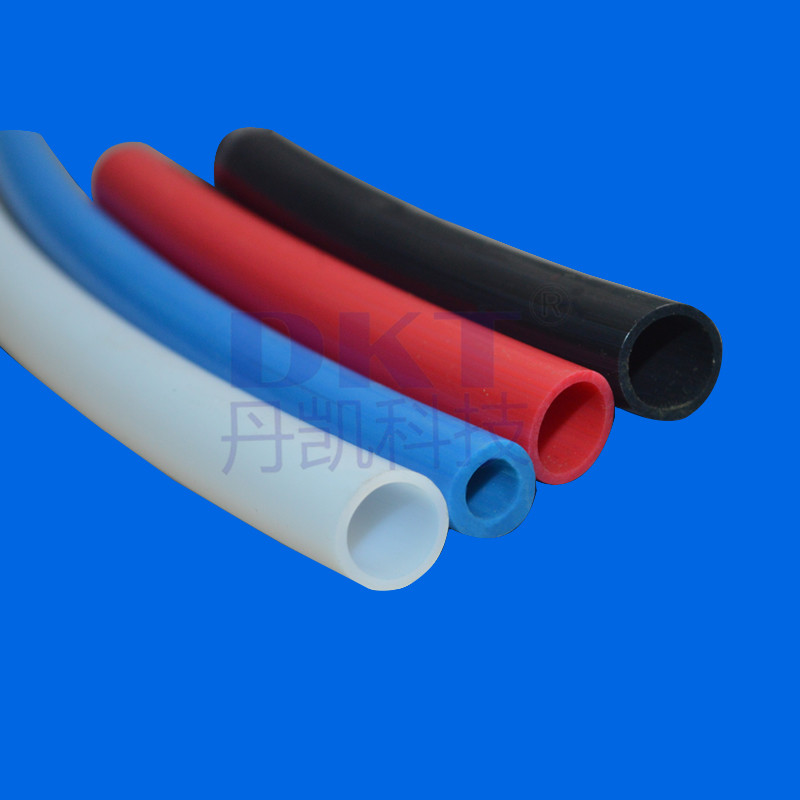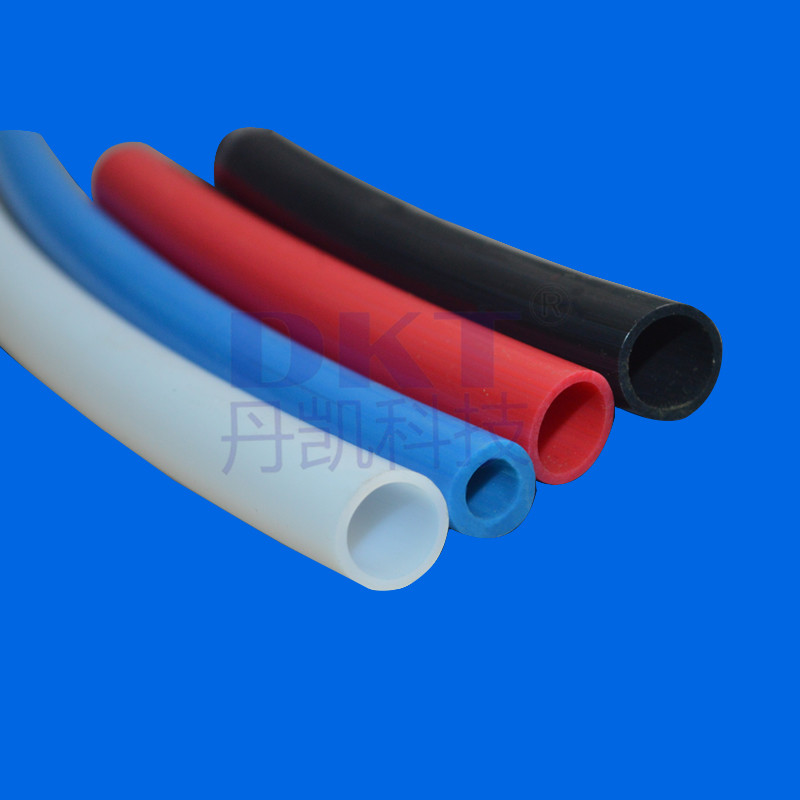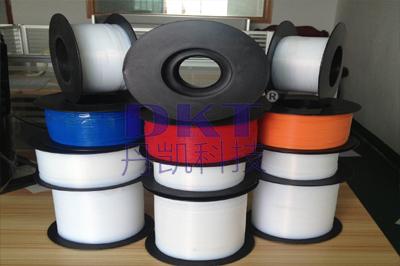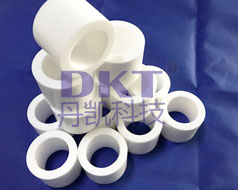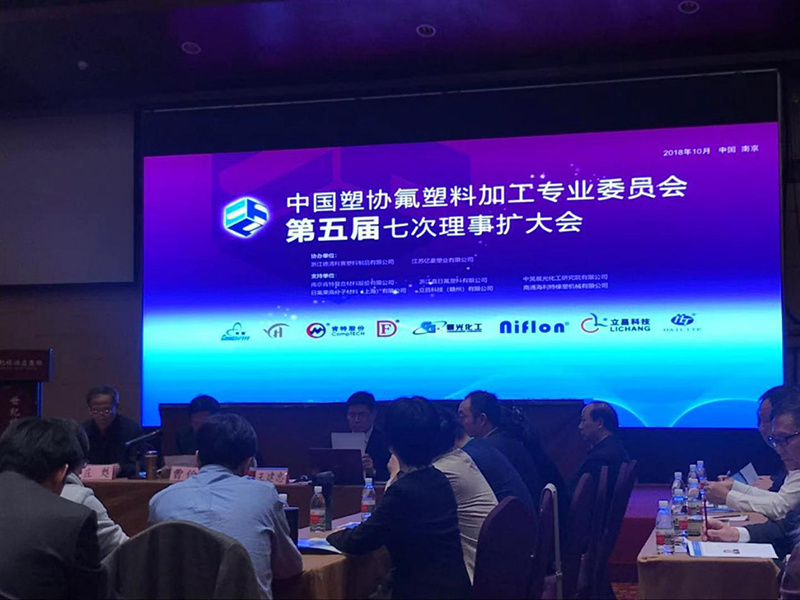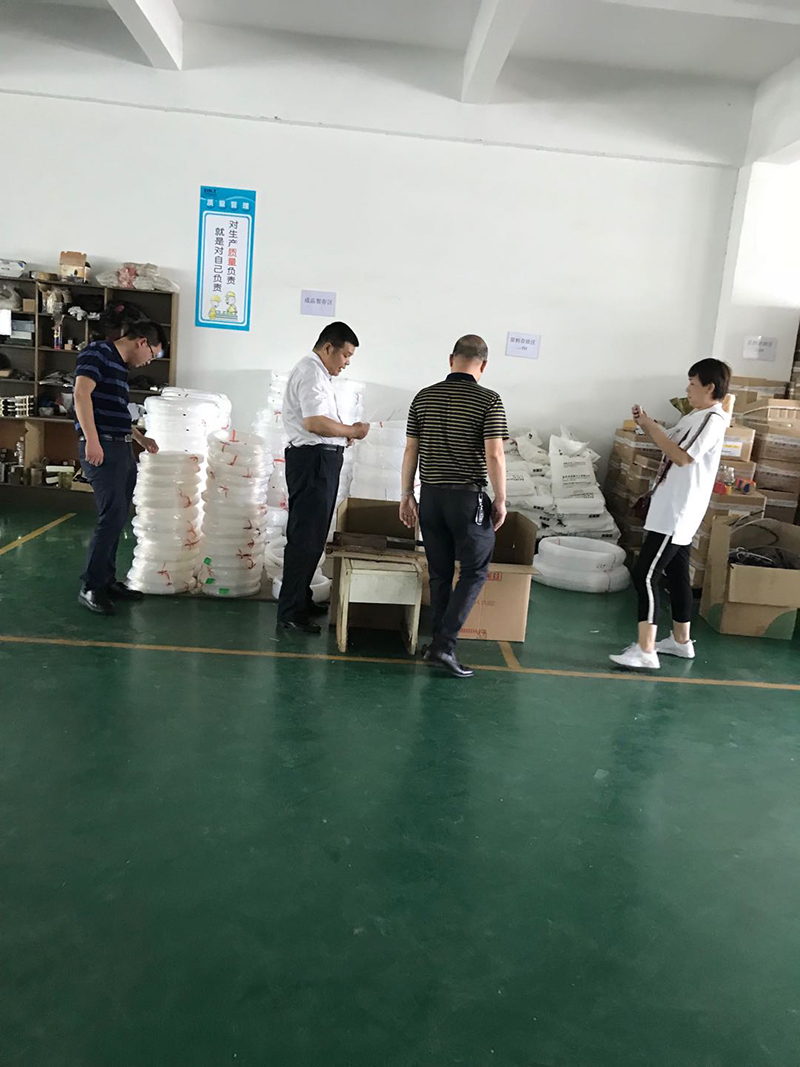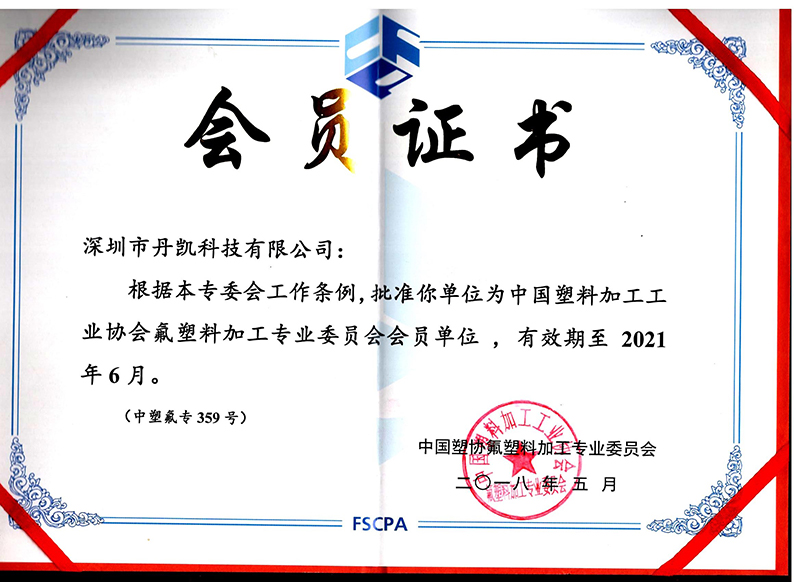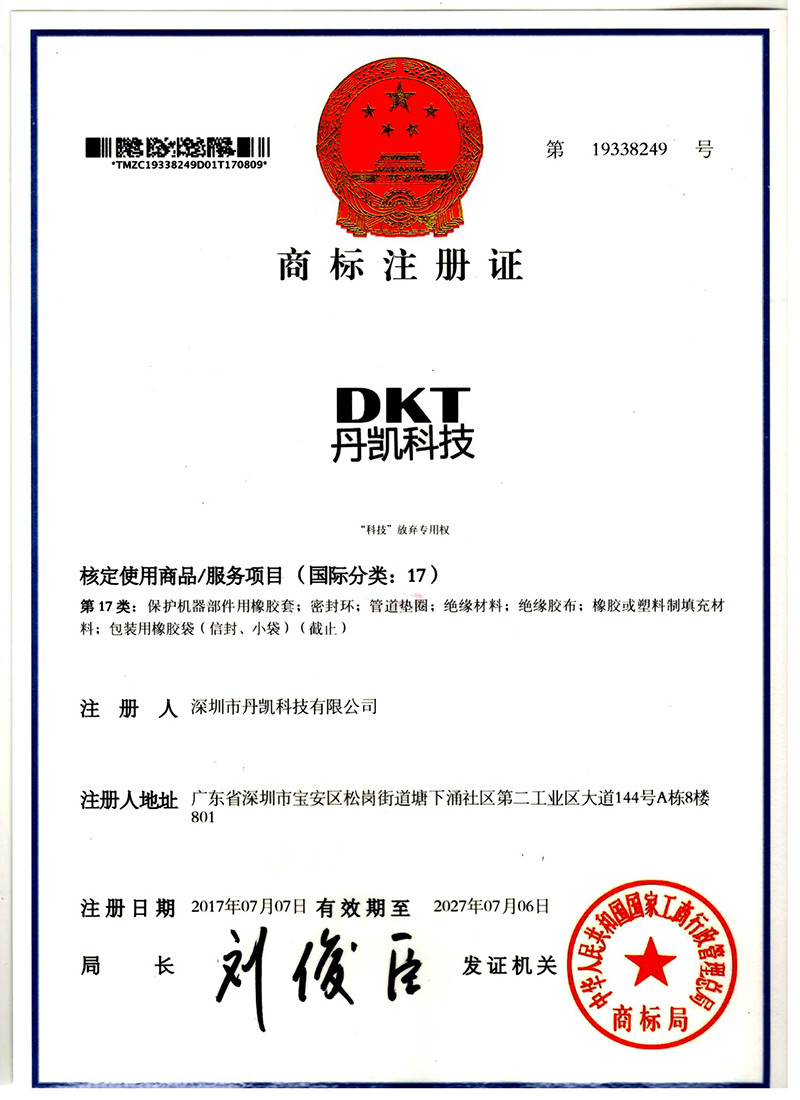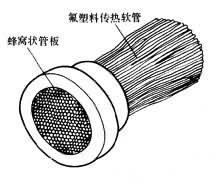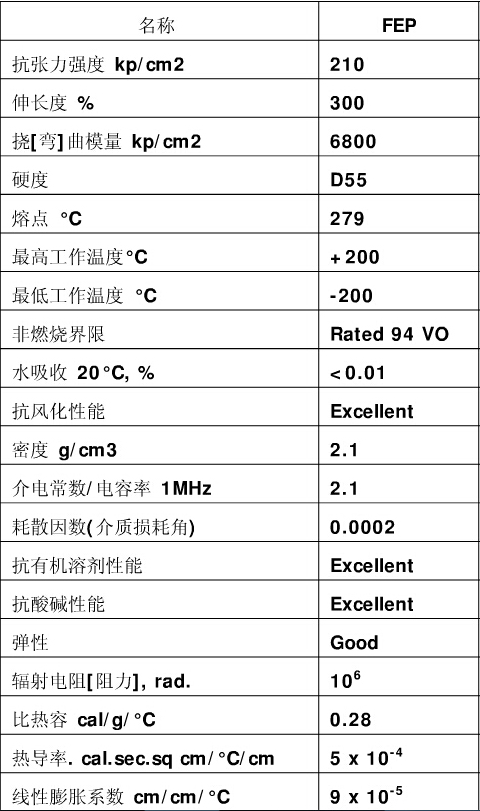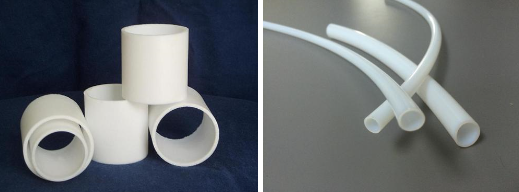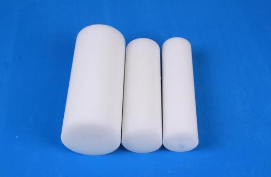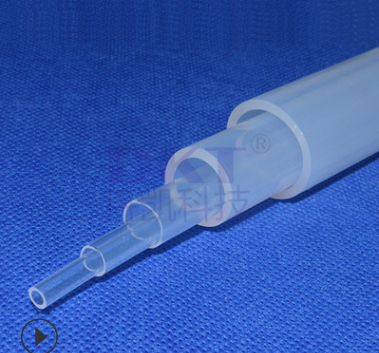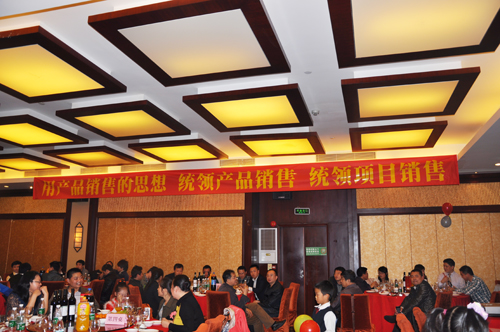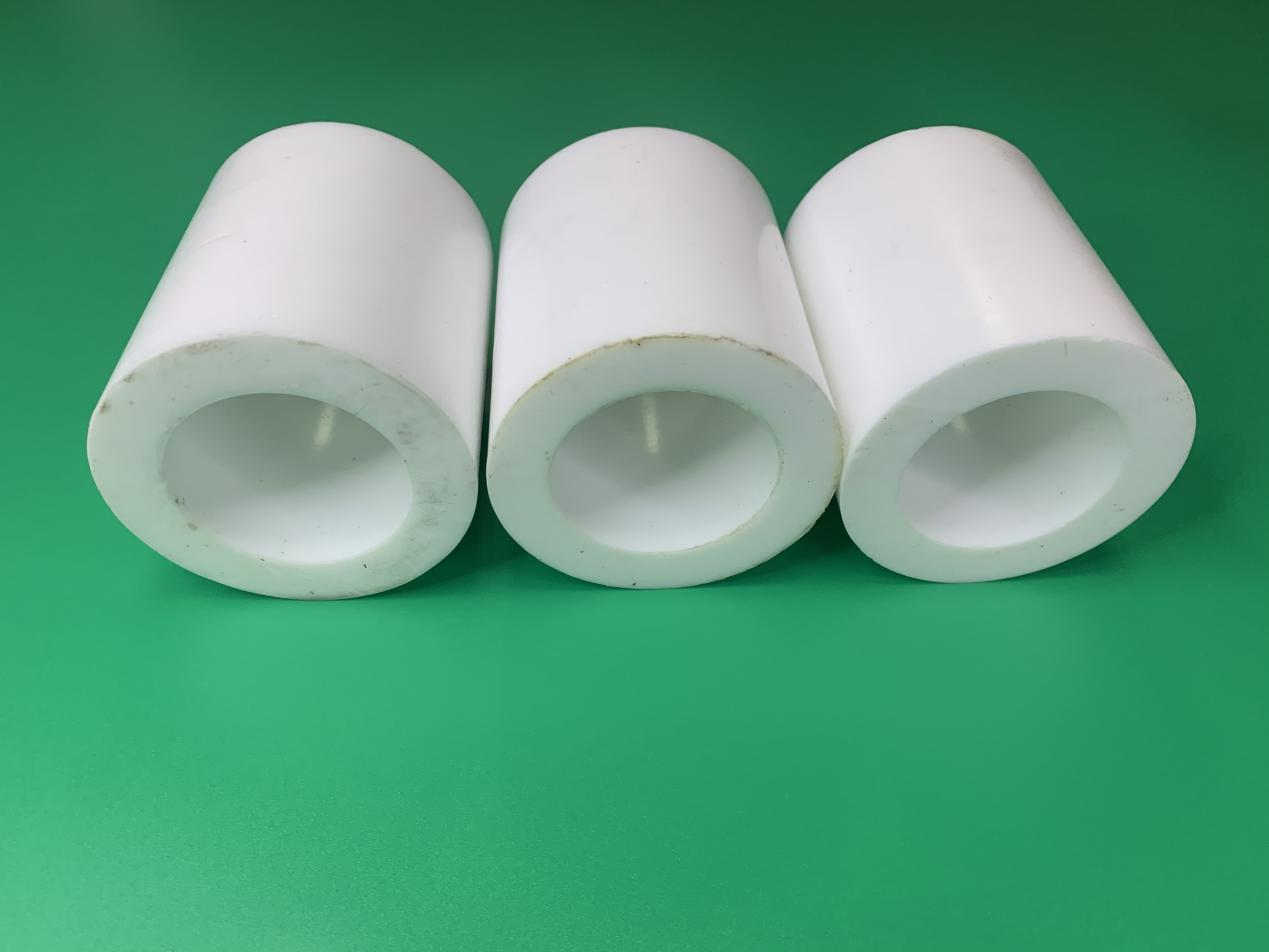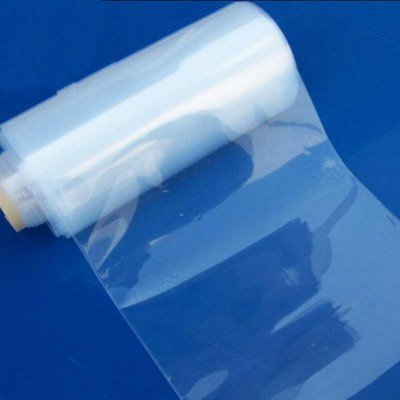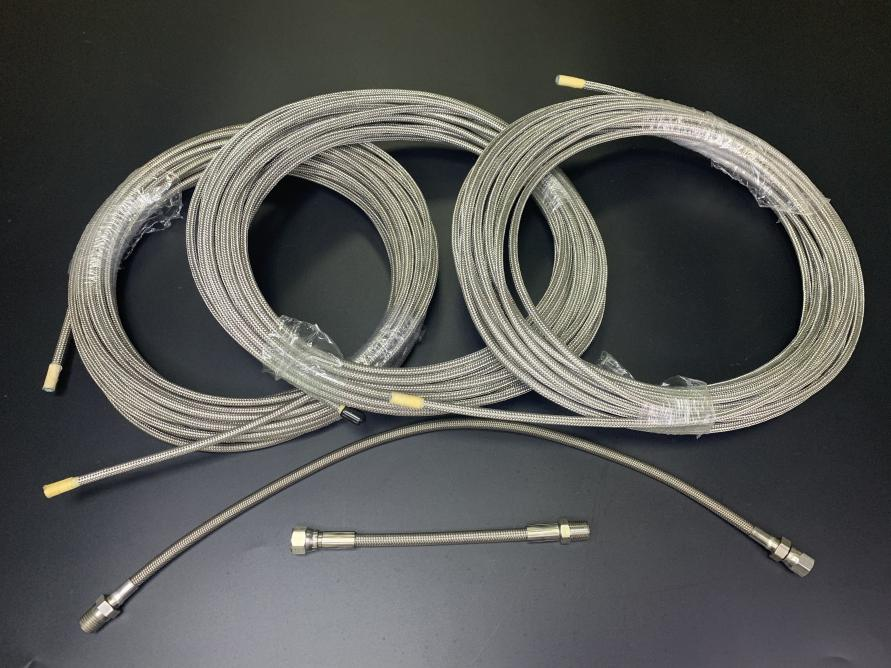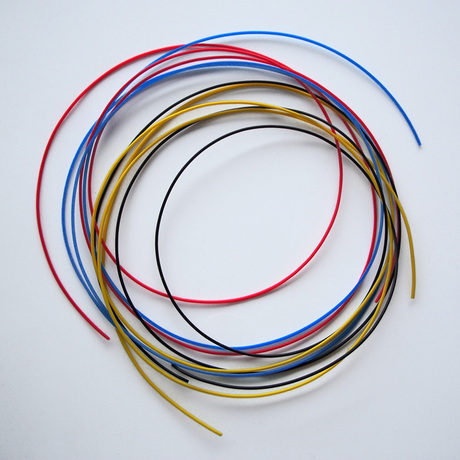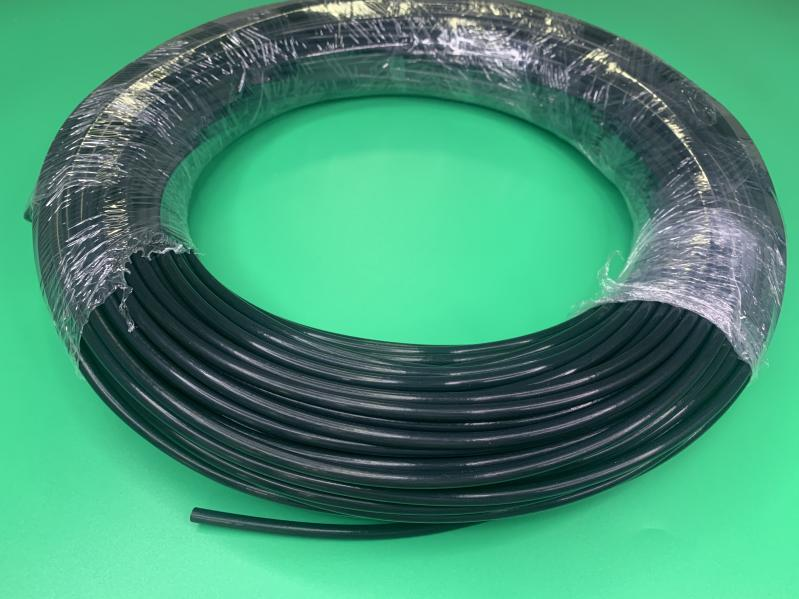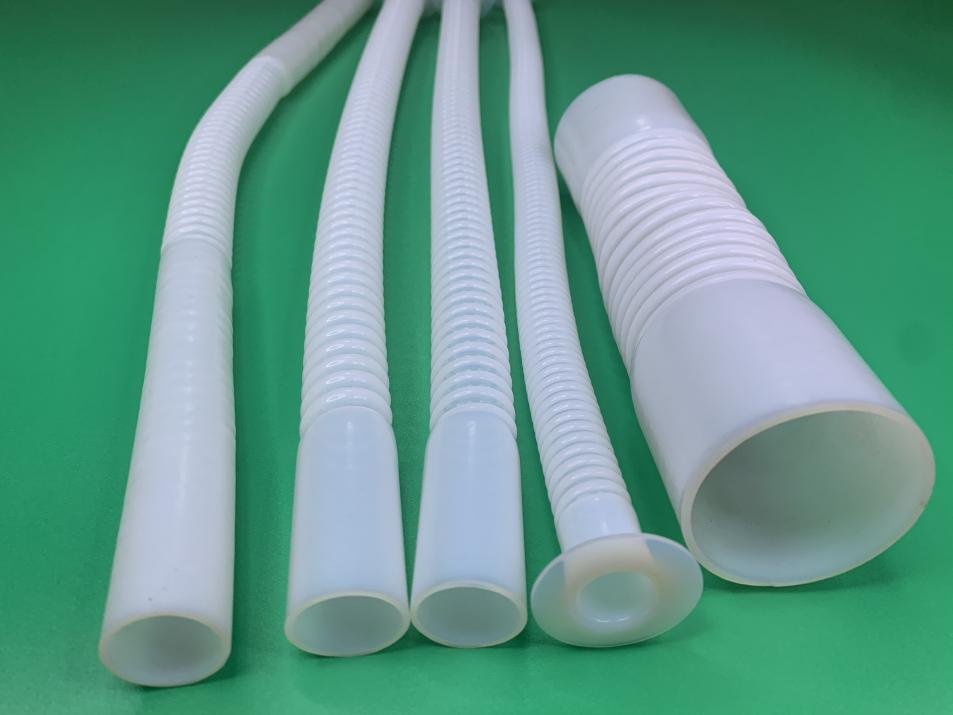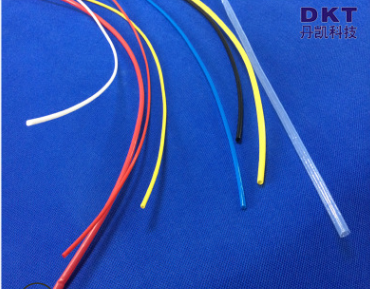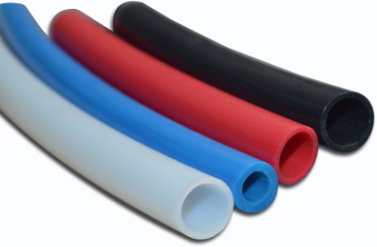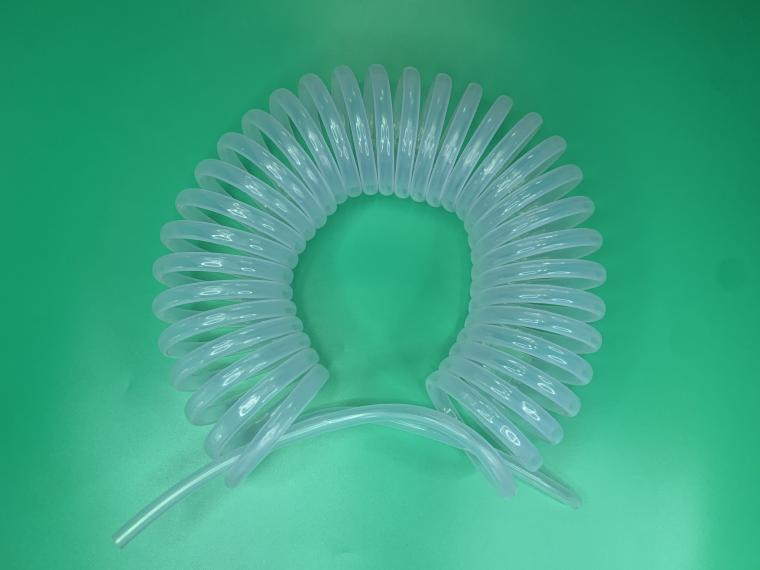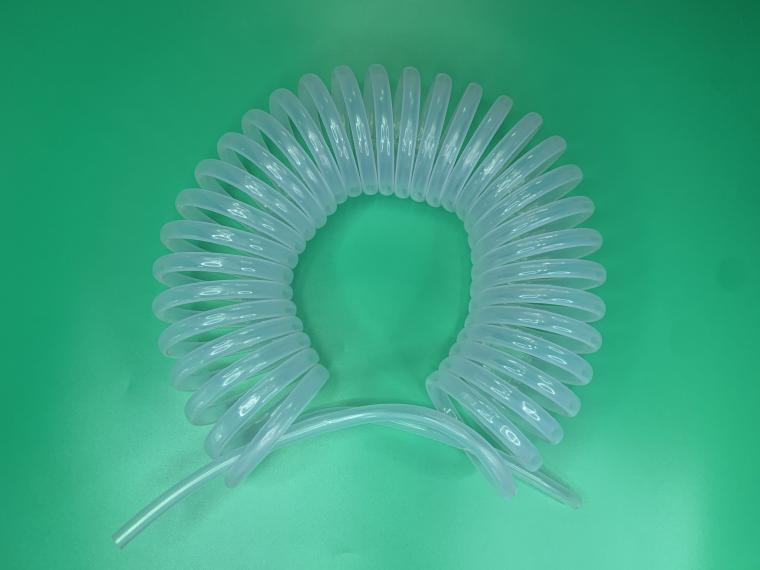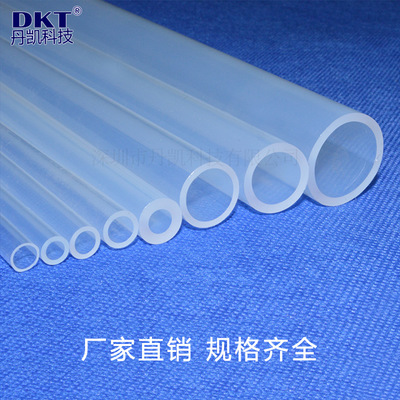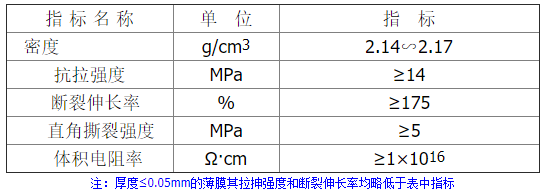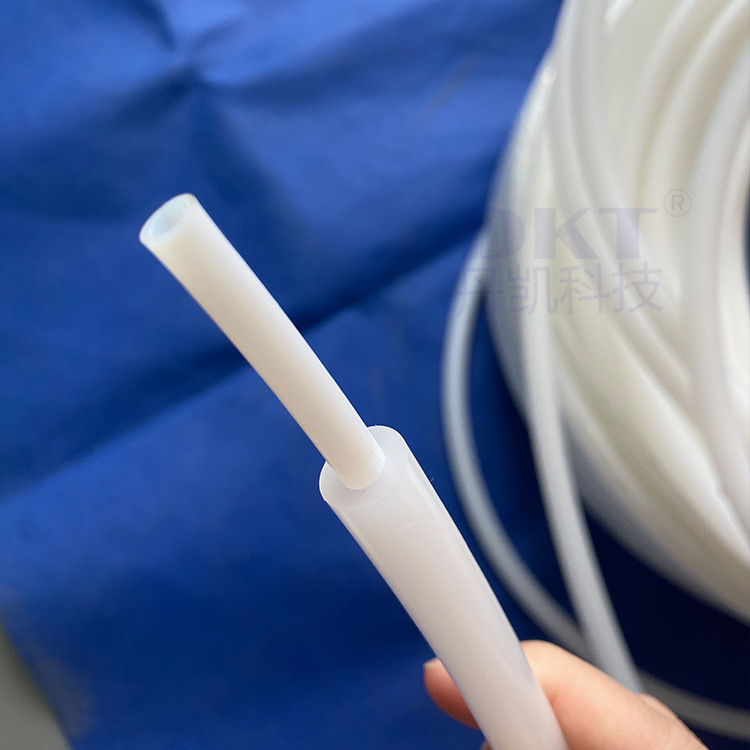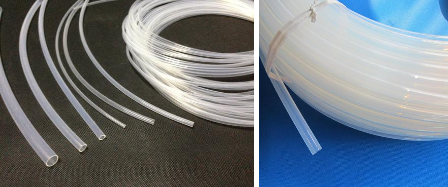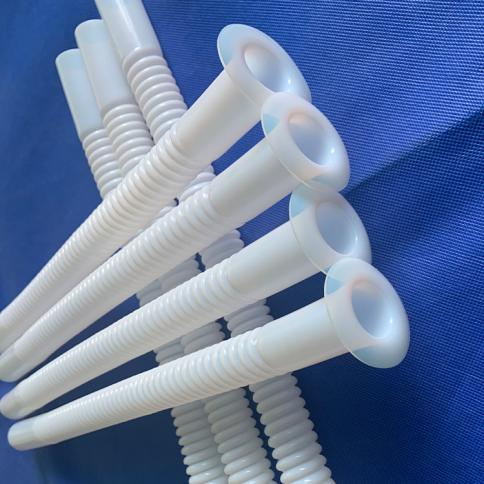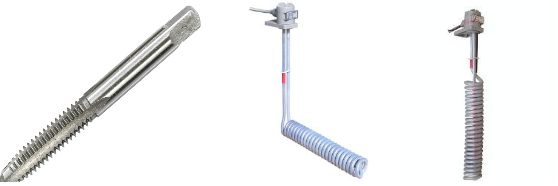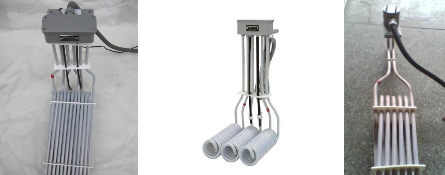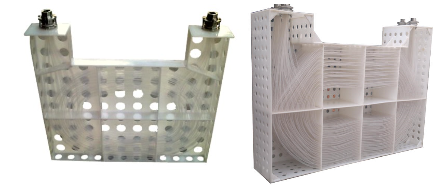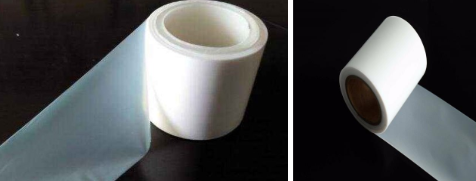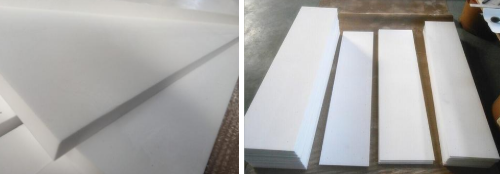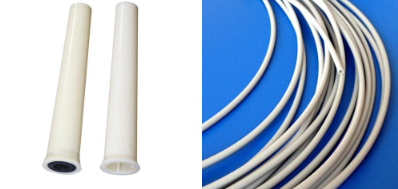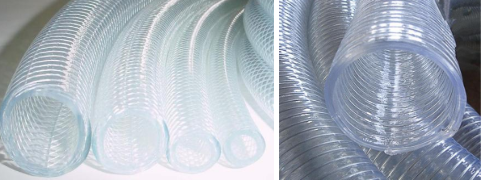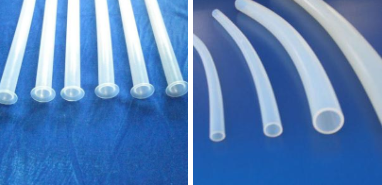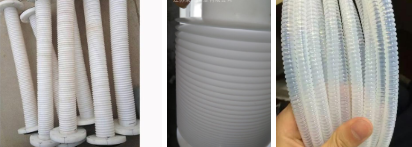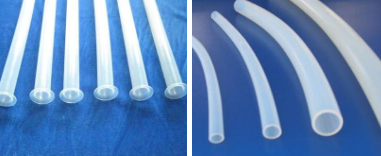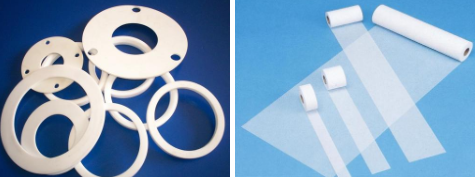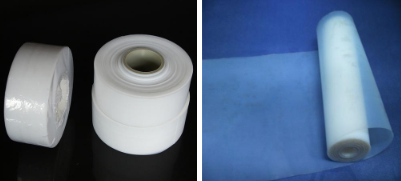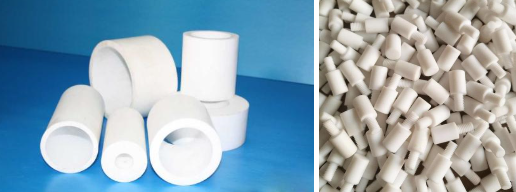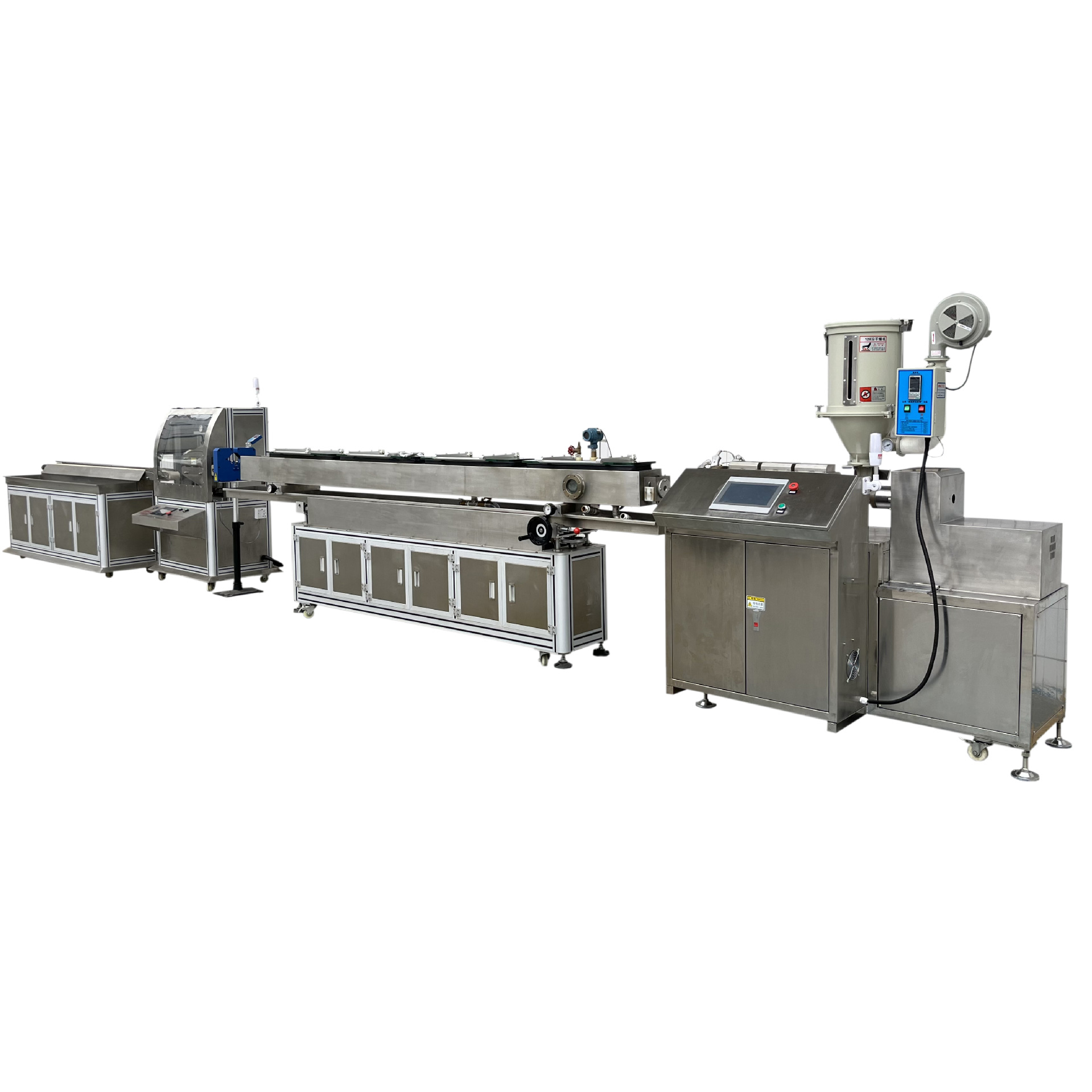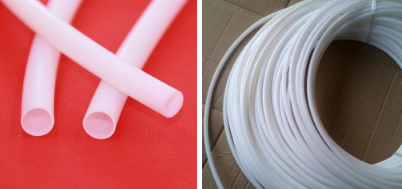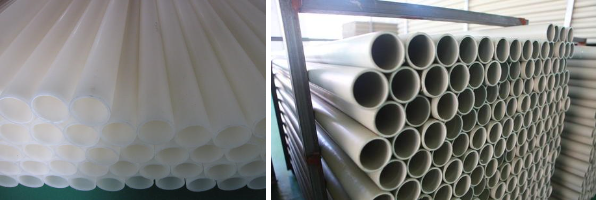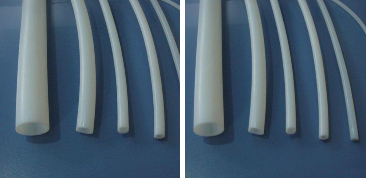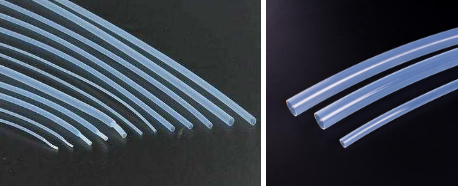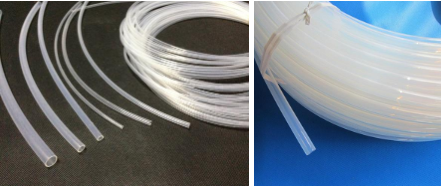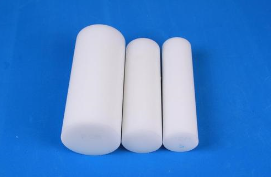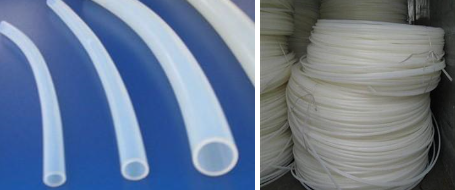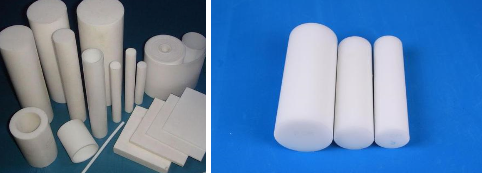Welcome to the official website of Shenzhen Dankai Technology Co., Ltd.!
Sitemap | contact us | Online message | CN
Telephone:
+8615158121839Hot key words:Polyperfluoroethylene propylene(FEP/F46) PTFE Teflon series PFA PVDF
News
Telephone:
+8615158121839Information details
Explanation of main testing indicators for PTFE products
- Categories:Industry news
- Author:Miss PTFE tube
- Origin:Miss PTFE tube
- Time of issue:2018-04-26 17:53
- Views:
Explanation of main testing indicators for PTFE products
- Categories:Industry news
- Author:Miss PTFE tube
- Origin:Miss PTFE tube
- Time of issue:2018-04-26 17:53
- Views:
PTFE products are a special kind of plastic, which is quite different from other plastics. According to the industry standards of the Ministry of Light Industry, the PTFE products produced must meet the index requirements. Below we list the definitions of 13 main testing indexes for PTFE products for reference.
1. The coefficient of linear expansion indicates the degree of expansion or contraction of the material. It refers to the expansion ratio of the finished product of PTFE plastic under a certain pressure when the temperature rises by 1℃. It is expressed as the coefficient of linear expansion relative to the unit length. This coefficient is one of the important indicators to understand the degree of dimensional change of PTFE products with the increase of temperature, expressed in units of 1/℃ or 1/K. The linear expansion coefficient formula is α=ΔL/(L*ΔT), where ΔL is the change in the length of the object under the given temperature change ΔT, and L is the initial length. The coefficient of linear expansion of PTFE is about 10-12*10-5/℃ (ambient temperature 25-250℃), that is (0.01-0.012)%. The coefficient of linear expansion of PTFE is 10-20 times that of iron, which is larger than most plastics. .
2. Thermal conductivity: also called thermal conductivity, it reflects the thermal conductivity of a substance. It is defined as taking two parallel planes with a distance of 1 meter and an area of 1 square meter within the object perpendicular to the direction of heat conduction. If the temperature difference between the two planes is 1K, the heat conducted from one plane to the other within 1 second It is specified as the thermal conductivity of the substance, and its unit is Watt·m-1·K-1 (W·m-1·K-1). It is a reference index for studying the thermal insulation of the target product when designing a product.
3. The tensile strain at break is the tensile strain corresponding to the tensile fracture stress when the PTFE product sample does not yield and break under the action of tensile load, and is the tensile strain when the sample material has just undergone plastic deformation. The ratio of the difference between the length and the original length to the original length, expressed as a percentage (%).
5. Tensile strength: In the tensile test, the critical value for the transition from uniform plastic deformation to local concentrated plastic deformation, which characterizes the resistance of the material to the maximum uniform plastic deformation, and is also the maximum bearing capacity of the plastic under static tension ( Maximum tensile stress). The unit is MPa. ,
6. Elongation at break: It is the increment of the index from the original unit length (that is, the rate of change of length), and is the ratio of the difference between the length and the original length when it is broken to the original length, expressed as a percentage (%).
7. Electric strength: a parameter that indicates the breakdown of equipment insulation under a certain rated voltage, and indicates the insulation degree of the product withstand voltage. It means that under certain conditions, the ratio of the breakdown voltage to the thickness of the sample being broken down is the electrical strength of the product.
8. Breakdown voltage: the voltage at which the test piece breaks down, which is the highest voltage before it is broken down. That is, the sample will not break down under this voltage. Breakdown is usually caused by partial discharge in the gas or liquid medium around the sample and the electrode, and damages the sample at the edge of the smaller electrode (or two equal-diameter electrodes).
9. Density The ratio of the mass of a certain substance to its volume, that is, the mass of a certain substance per unit volume, is called the density of this substance. Kg/m³ or 1 g/cubic centimeter 1.0×10³kg/m³ PTFE plastic products are usually tested by immersion method, liquid pycnometer method and titration method.
10. Withstand voltage is the withstand voltage of the sample before the power frequency AC voltage rises to breakdown between the electrodes.
11. The nominal strain at break refers to the tensile strain corresponding to the breaking stress when the tensile specimen fails to yield and breaks using the specified sample size, expressed as a non-dimensional ratio or percentage.
12. Longitudinal dimensional change rate means that a certain length of pipe (100 ± 1) is placed in a (260 ± 2 ℃) oven for 3 hours, taken out and placed at room temperature 23 ± 2 ℃ for 4 hours, the length of the processed sample is equal to The percentage of the difference between the original size and the ratio of the original size.
13. Dielectric strength represents a measure of the electrical strength of a material as an insulator. It is defined as the maximum voltage per unit thickness that the sample can withstand when the sample is broken down, and the unit is volts per unit thickness. That is, the ratio of the breakdown voltage to the thickness of the sample , The breakdown voltage is tested with reference to GB/T1408.1-2006, and the unit of dielectric strength is kilovolts per millimeter (KV/mm).
More news
Landline: 0755-29979617
Cell phone: 15818669373

Add WeChat, free sample

Follow the corporate public account
Shenzhen Dankai Technology Co., Ltd.
Address: Area B, 4th Floor, Building 1, North Yongfa Science and Technology Park, Yanchuan North, Chaoyang Road, Songgang Town, Bao'an District, Shenzhen
Tel: 0755-29979617 23127719 23127819
Fax: 86-0755-29979492

Follow us
Page copyright©1998-2024 Shenzhen Dan Kai Technology Co., Ltd. Guangdong 粤ICP备12071381号



